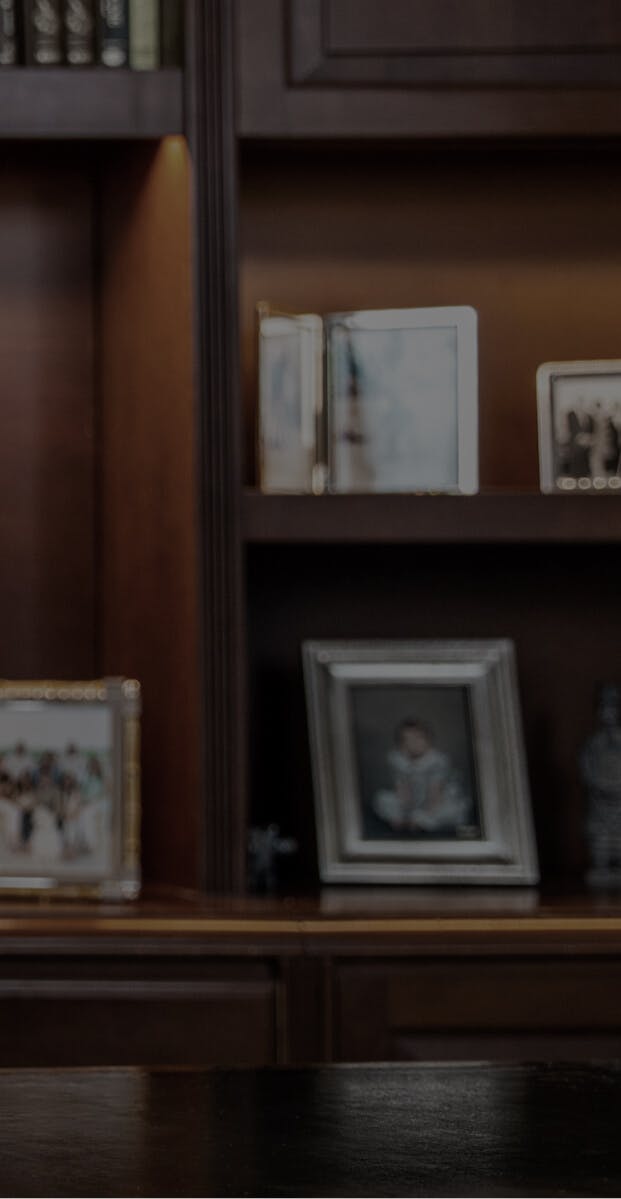Scar tissue is normal to form around any implant in the body, and that we call that scar tissue the capsule. Everyone with breast implants forms a capsule, but in some people the tissue gets thicker, or it shrinks, which is referred to as capsular contracture. It is a potential complication of breast augmentation surgery. However, the rate of capsular contracture is extremely small, and substantially less than the published literature. We use a “np-touch technique” which increases the chance for any contamination during the surgery. That may be one of the contributing factors as to why we have a higher success rate. During capsular contracture, the tissue begins to squeeze the implants, which causes discomfort and may cause pain. If you notice discomfort or pain around your implant, or if it feels hard to the touch, it may be because of contracture. Thankfully, this can be addressed by Dr. Antell's capsular contracture treatment in New York City.
What are the causes of capsular contracture?
Capsular contracture can be caused by a number of different factors; it is not fully understood by the scientific community—sometimes, it can occur on one breast and not the other. While no one completely understands the causes of capsular contracture, some of the suggested possibilities include bacterial contamination, hematoma, breast cancer treatment, genetic predisposition, and random chance.
Bacterial Contamination
Capsular contracture can develop due to the formation of a thin layer of bacteria (called biofilm) within the breast pocket. Biofilm can be introduced to the body during the initial breast implant procedure when the implant is inserted into the breast cavity. Additionally, it can occur from bacteria entering the bloodstream from a distant area, such as a teeth cleaning, a colonoscopy, or an infected toe. Biofilm can cause an infection, which can lead to capsular contracture.
Hematoma (Accumulation of Blood) and Seroma (Accumulation of Fluid)
Some patients may need to use drains to help ensure that blood and fluid do not collect within the breast pocket. Blood and fluid collection provides nutrients that bacteria feed on, which increases the possible development and growth of capsular contracture-causing biofilm.
Breast Cancer Treatment
Breast implants are the most common way of breast reconstruction after a mastectomy or a lumpectomy. However, if there is associated radiation treatment, that can increase the chance of capsular contracture.
Genetic Predisposition
Pre-existing conditions and genetics can cause a patient to be more prone to developing thick scar tissue. Women with a family history of autoimmune disease or scarring concerns may be at a heightened risk of developing capsular contracture.
Random chance
Unfortunately, capsular contracture can also be caused at random, with no easily identifiable source. This can’t be predicted, and ultimately it comes down to chance.

Symptoms of Capsular Contracture
Capsular contracture has a number of symptoms:
- Significant discomfort or pain
- Increased firmness or tightness in the breasts
- Hard breasts
- A change in breast position or shape
- Restricted range of motion
- A round or ball-shaped breast
- A breast or breasts riding high on the chest wall
- Misshapen breast or breasts
Grades of Capsular Contracture
Capsular contracture is graded I through IV. The first level of capsular contracture is a soft, normal capsule. The fourth level is a hard, painful capsule.
Grade 1: The breast or breasts are soft and look natural.
Grade 2: The breast or breasts are slightly firm but look normal and natural.
Grade 3: The breast or breasts are firm, look abnormal, and feel uncomfortable.
Grade 4: The breast or breasts are hard, painful, and look abnormal. Grades III and IV capsular contracture are treated with surgery.
Grades III and IV capsular contracture may be treated with surgery. Alternatives to the surgery are massaging the breast, and there is oral medication that may help in approximately 15% of the cases.
Acellular dermal matric. Of the types of ADM, the two most popular are alloderm and strattice. By using those products to line the implant cavity, which requires surgery, has a 99% success rate in preventing capsular contracture. If this is something that interests you, you should call Dr. Antell’s office as we have had tremendous success in using ADM.

How Can You Reduce the Risk of Capsular Contracture?
There is no way to truly prevent capsular contracture from occurring. There are, however, some ways to reduce the potential of capsular contracture happening as well as capsular contracture treatment options. These are things to think about when you’re having your initial breast implant surgery:
- The literature is controversial whether saline implants or silicone gel implants have a higher rate of capsular contracture. It is also controversial whether smooth versus textured implants have a higher rate of capsular contracture.
- Implants placed under the muscles are thought to be less likely to develop contracture than implants placed over the muscles. The pectoral muscles massage the implants, which helps the scar tissue to remain soft.
- Because today we have newer techniques--the no-touch technique and a funnel used to put the implants in--the rate of capsular contracture has decreased. In our practice, the rate is substantially lower than in the published literature due to Dr. Antell’s decades of experience and meticulous techniques
Capsular Contracture Treatment Methods
If you notice some of the early signs of capsular contracture, contact Dr. Antell so that he can examine you and suggest proper approaches to treat it. Dr. Antell typically makes incisions in the same place made in your original implant surgery. He may remove the capsule tissue and implant as well.
REMOVAL OF A PORTION OF SCAR TISSUE
In more mild cases of capsular contracture, especially when it is caught early, it is sometimes possible to remove a portion of the scar tissue. This method of capsular contracture treatment creates more space in the breast pocket and helps to correct early capsular contracture.
SECONDARY BREAST AUGMENTATION WITH A CAPSULECTOMY
In cases of capsular contracture that are more advanced, the method of capsular contracture treatment utilized is a capsulectomy, which is done to remove the entire breast implant and the surrounding capsule at once. New implants are inserted during this time based on your aesthetic desires. In some cases, we may recommend an en bloc removal.

Meet Dr. Antell





